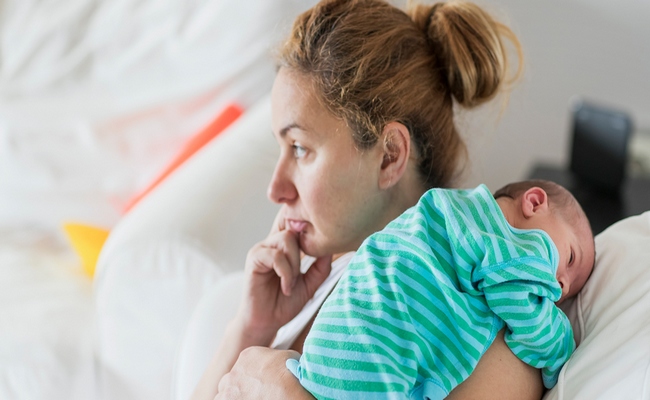Postpartum Psychological Changes: Details Discussion
What Do You Mean By Postpartum Period?
The postpartum (or postnatal) period begins after childbirth and is typically considered to end within six weeks. However, there are three distinct but continuous phases of the postnatal period; the acute phase, lasting for six to twelve hours after birth; the subacute phase, lasting six weeks; and the delayed phase, lasting up to six months.

The postpartum period is usually considered the interval extending from the birth of the baby until 6 weeks after. It is the 6 weeks interval between the birth of the newborn and the rectum of the reproductive organs to their normal non-pregnant state.
Postpartum Psychological Changes During Postpartum Period:
1. Taking-In Phase:
- The taking-in phase usually sets I to 2 days after delivery.
- This is the time of reflection for the woman because within the 2 to 3 day period, the woman is passive.
- The woman becomes dependent on her healthcare provider or support person with some of the daily tasks and decision-making.
- This dependence is mainly due to her physical discomfort from hemorrhoids or the after pains, from the uncertainty of how she could care for the newborn, and also from the extreme tiredness she feels that follows childbirth.
- The woman prefers to talk about her experiences during labor and birth and also her pregnancy.
- The taking-in phase provides time for the woman to regain her physical strength and organize her rambling thoughts about her new role.
- Encouraging the woman to talk about her experiences during labor and birth would greatly help her adjust and let her incorporate it into her new life.
2. Taking Hold Phase:
- The taking hold phase starts 2 to 4 days after delivery.
- The woman starts to initiate actions on her own and making decisions without relying on others.
- Women who underwent anesthesia reach this phase only hours after her delivery.
- She starts to focus on the newborn instead of herself and begins to actively participate in newborn care.
- Demonstrate newborn care to the mother and watch her do a return demonstration of every procedure.
- The woman still needs positive reinforcements despite the independence that she is already showing because she might still feel insecure about the care of her child.
- Allow the woman to settle in gradually into her new role while still at the hospital or healthcare facility because making decisions about the child’s welfare is a difficult part of motherhood.
3. Letting Go Phase:
- During the letting go phase, the woman finally accepts her new role and gives up her old roles like being a childless woman or just a mother of one child.
- This is the phase where postpartum depression may set in.
- Readjustment of relationship is needed for an easy transition to this phase.

Maria Khatun Mona is a Founder and Editor of Nursing Exercise Blog. She is a Nursing and Midwifery Expert. Currently she is working as a Registered Nurse at Evercare Hospital, Dhaka, Bangladesh. She has great passion in writing different articles on Nursing and Midwifery. Mail her at “maria.mona023@gmail.com”
